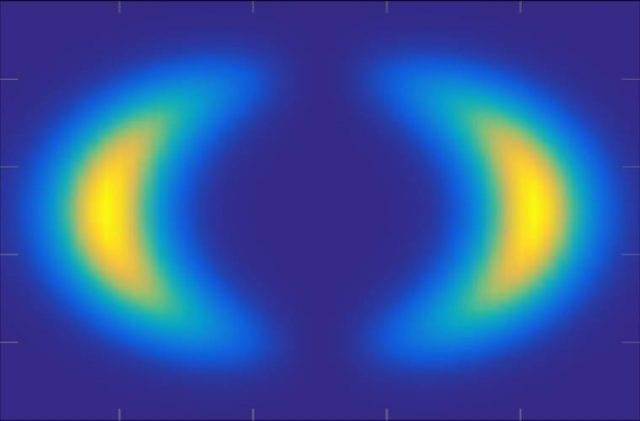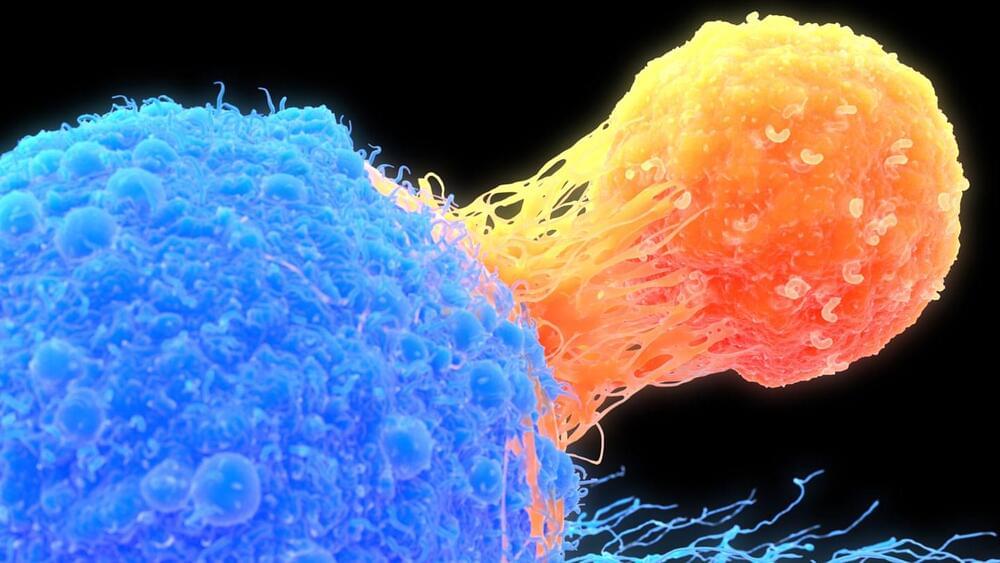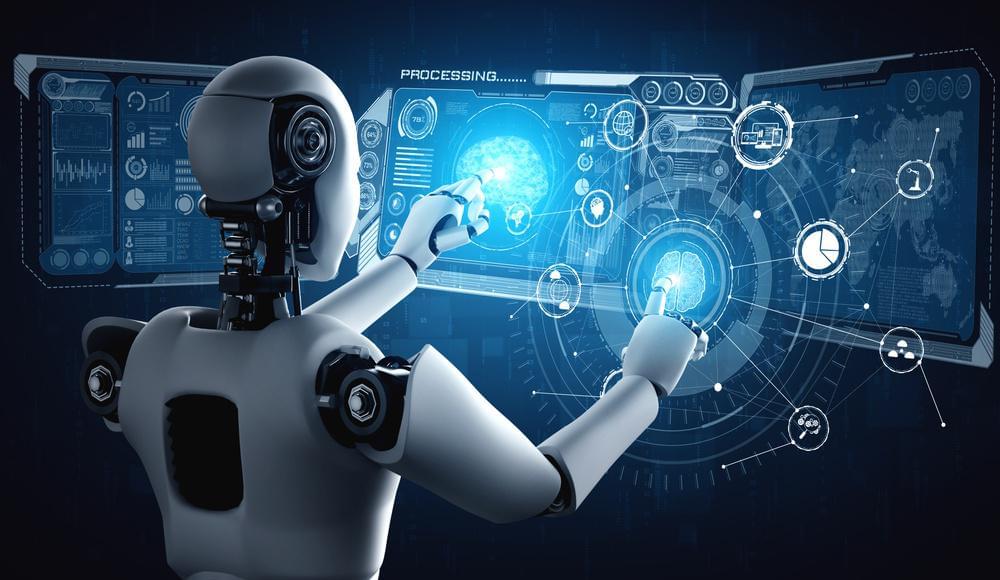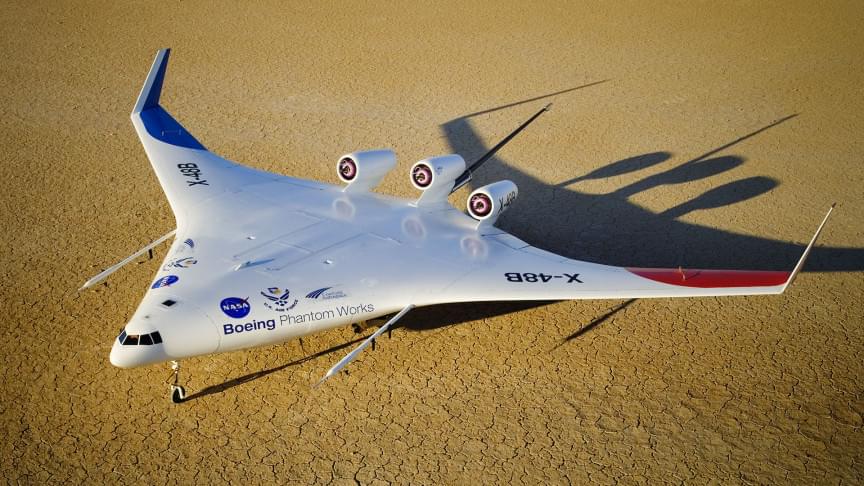Sorry to our fellow hopeful space nerds, but we have to burst everyone’s warp bubble. Despite recent reports that scientists have “accidentally created a warp bubble,” it looks like warp speed is still a few baby steps away. But all hope is not lost: a group of scientists led by Dr. Harold G. “Sunny” White has proposed a structure that could actually be built in the real world and used to study the Casimir effect. It might be a baby step, but it’s a real one.
Breaking the ‘cosmic speed limit’ with the Casimir effect
To make a warp drive, first you need to master the Casimir effect. The Casimir effect, for the uninitiated, is a very small attractive force that exists between two uncharged but conductive parallel plates that are held very, very close together. It used to be a purely hypothetical offshoot of relativity. However, now that we’ve seen it happen in real life, it’s high on the list of real-world phenomena scientists are investigating to figure out how we might finally crack the problem of interstellar space exploration.







